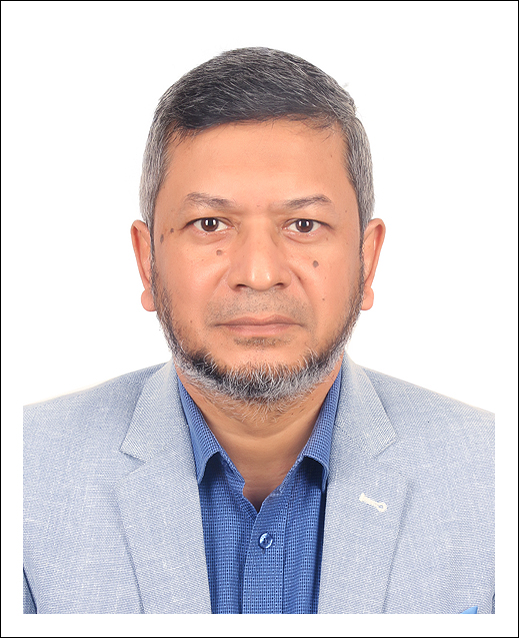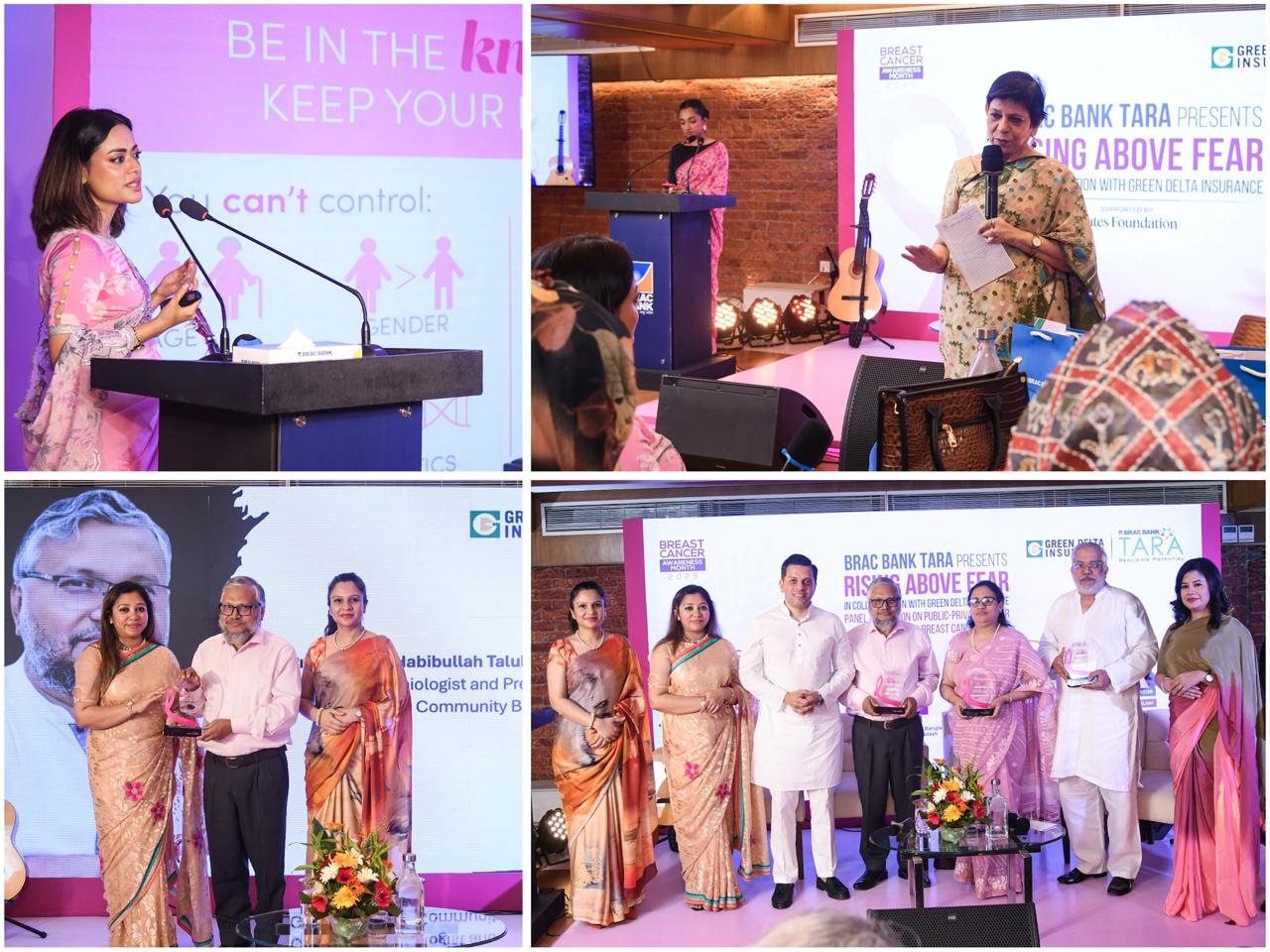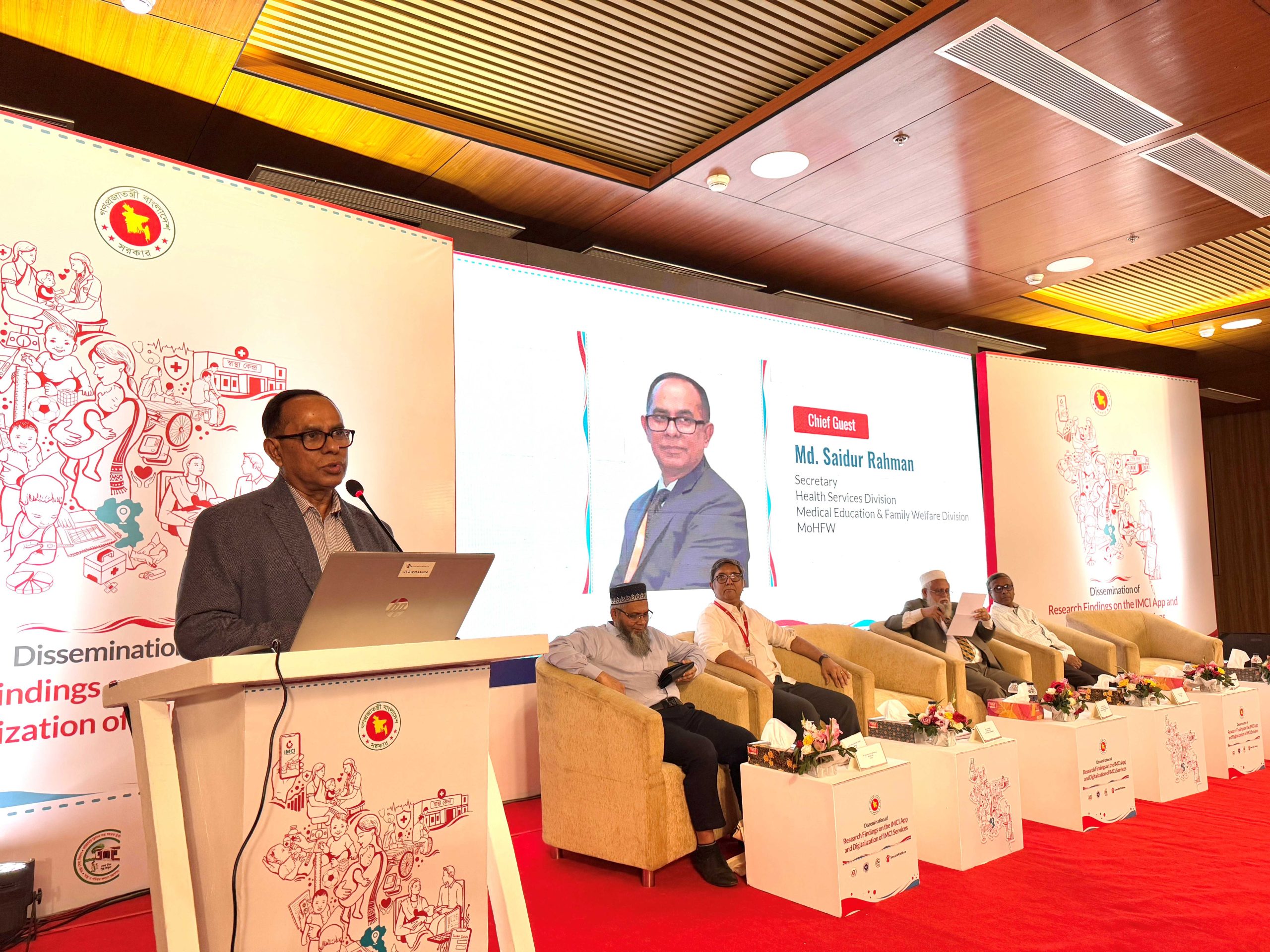Mount Elizabeth Hospital, Singapore recently organized a Lifestyle Health Seminar on “Empowering You with a Healthy Head Start” in Dhaka. During the seminar, ICE Business Times caught up with Dr. Tan Chong Hiok and Dr. Alvin Hong from Mount Elizabeth Hospital to ask them about better treatment modalities and appropriate medical options. The interviews were taken by Taposh Ghosh and Kazi Raihan Abser.
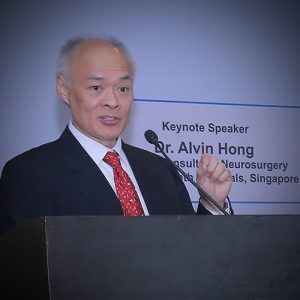
Senior Consultant, Neurosurgery
Mount Elizabeth Hospital, Singapore
Dr. Alvin Hong received his medical training in the United Kingdom. He was admitted as a Fellow of the Royal College of Surgeons in Edinburgh for General Surgery in 1989, and for Neurosurgery in 1994. His practice includes stereotactic craniotomy for brain lesions, microvascular decompression for trigeminal neuralgia & hemi facial spasm, video-endoscopic thoracic sympathectomies for sweaty palms, and gamma knife radiosurgery. Dr. Hong has subspecialty interests in endoscopic transsphenoidal surgery for pituitary lesions, surgery of the skull base and spinal disorders, as well as Gamma Knife Radiosurgery. In 1979, Dr. Alvin Hong was awarded a scholarship to enter the Medical Science Tripos in Queens’ College, Cambridge University. He is currently the Senior Consultant of Neurosurgery at Mount Elizabeth Hospital, Singapore.
What kind of neurological problems are most common for people around South-East Asian region?
The people of South-East Asia still get the same kind of neurological problems as the rest of the world. The ones in particular that we talk about the most are being overweight, not exercising enough and possibly even smoking. So, if we talk about being overweight, the neurological problems that arise can be problems in the spinal cord, and even chronic neck and back pain due to not having the proper posture and not exercising. Occasionally, they can tap a nerve and it would require a neuro surgeon to decompress that nerve and can even require the expertise of an orthopedic spinal surgeon. In terms of smoking, it can lead to higher possibility of stroke. Now, there are two types of strokes, one is called ischemic where an artery is blocked usually due to blood clot, thereby cutting supply of oxygen to the brain. The other is called hemorrhagic where a blood vessel that carries oxygen and nutrients to the brain burst and spills blood into the brain. When this happens, a portion of the brain becomes deprived of oxygen and will stop functioning. Diabetes also becomes more prominent with overweight and lack of exercise.
What patients are more susceptible to neurological problems?
Well, the lifestyle really matters here. Smoking, not exercising or not following a proper diet can lead to neurological problems. Also, as one gets older neurological problems become more common. Basically, a healthy lifestyle can make someone less susceptible to neurological problems and not leading a healthy lifestyle will simply have the adverse effect.
Are there any innovative procedures that have been successful in replacing complicated surgeries?
Nothing has really replaced complicated surgeries but there have been advancements that have made the surgeries safer and also ensured that they would have fewer side effects. For example, stereotactic navigation can help locate something in the brain even before you make a cut in the skin. Sometimes when you expose the brain the surface might appear normal, but unlike other parts of the body you can’t go digging into the brain to look for the problem, so you have navigation probes through which with the help of the probe the computer will show your exact position on the brain before you make a cut on the brain.
We can now do endoscopic procedures for pituitary tumors (these are tumors that have risen from a pituitary gland) which hangs from the base of the brains in the back of the nose. We can now do endoscopes through the nose to reach these tumors, which would have been difficult to approach previously.
What would be the ‘must-do’ things, for our neurological health?
As I said earlier, leading a healthy lifestyle is imperative. Make sure you have a good diet. God has given us what we have and we just have to make the most of it. So, you need to have a healthy lifestyle, exercise regularly, have a good diet, lose weight if necessary. Also, you need to treat your blood pressure and diabetes if you have them. Alcohol abuse is also bad as it adds weight but most important would probably be to stop smoking. Smoking gives you cancer. While there is no evidence that smoking gives you primary cancer in the brain but it can give you lung cancer which can eventually spread to the brain.
What would you say is the most challenging aspect of endoscopic transsphenoidal surgery?
Well it is more on the technical side because you’re working through a nostril which is a long small tunnel and the problem is your instruments. What you see at the end you may not be within reach. Most scopes look at things in a straight line and we can successfully remove tumor from the nose. But as we work with tumors at the bottom of the nose, the soft tumors can be sucked out, however in some patients the tumor the tumor might be hard. If It is hard, in which case it is more difficult to get it out. In some patients, the tumor is at a corner and you can always use an angular scope to see it but your instrument may not be able to reach it. So I would say navigating through surgeries with different instrumentation is the biggest challenge.
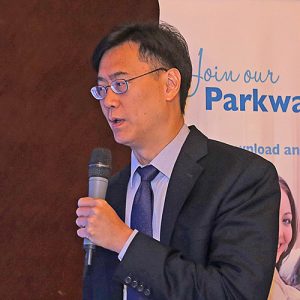
Senior Consultant, Cardiology
Mount Elizabeth Hospital, Singapore
Dr. Tan Chong Hiok is a cardiologist practicing at the Mount Elizabeth Hospital, Gleneagles Hospital and Parkway East Hospital, Singapore. He has dual accreditation in interventional cardiology and echo cardiology and has spearheaded intervention via the radial approach in Singapore. He has given countless presentations at various international meetings and conferences. Dr. Tan has extensive experience in performing stenting of the left main artery and chronic total occlusion (CTO), arteries which have been completely blocked for a considerable time. He is one of very few cardiologists in Singapore who has been successful in opening totally blocked arteries using the retrograde approach. He also has a great wealth of experience in performing complex cases with patients who have declined or are unsuitable for bypass surgery.
Which are the most common heart-related problems faced in the South-Asian regions?
Simple ones would be high-blood pressure, and next would be coronary artery diseases, which means narrowing of the arteries of the heart. Those are the two diseases, which we commonly witness amongst patients in this region.
What about the patients from Bangladesh? What heart-related problems do they report dealing with most?
The two diseases mentioned previously are some of the most problems common amongst Bangladesh patients. Bangladesh has a lot of patients with high blood pressure and blocked arteries. These are very common in this region as many people smoke a lot and do not exercise and eat foods rich in fat and cholesterol, and all these contribute to the heart problems.
Heart diseases are extremely common amongst younger people these days. What are your thoughts on the issue?
I saw a thirty-four-year-old gentleman, who had already gone through a bypass surgery a few days back. And it is extremely rare to see people of such ages go through such surgeries. He did not have high cholesterol or high blood-pressure, but unfortunately, he had a strong family history of heart diseases. So, this a very strong genetic component of his disease which also means that the patient can do very little to control it.
Other than the genetic factor, these narrow artery diseases occur in the middle ages, between 50 to 60 years of age. I have also seen many 40-year olds with cases of blocked arteries and a lot of them would have had a lot of cardiovascular risk factors; they smoked a lot, some are obese and almost all of them just did not exercise at all and that is a major risk contributor.
If you had one heart-related health advice, what would it be?
People talk a lot about diet when it comes to health advice, but it does not take a lot of effort to change diet. But what most people, if not all people, underemphasizes is exercising. A sedentary lifestyle contributes greatly to coronary artery diseases and all sort of morbid diseases, including diabetes. So, exercise is a lot more difficult for people to do. But exercising for half-an-hour, three times a week can make vast differences. Any kind of recreational sport is recommended, especially swimming, as it provides for both resistance and cardiovascular training. If not, light walking or jogging for half-an-hour, three times a week is highly recommended.
Are there any innovative procedures that patients should familiarize themselves with?
An innovative procedure for cardiovascular treatment would be stenting of arteries, which otherwise would have been conducted through bypass surgery. Recent trails have shown that stenting of the left main artery is comparable with bypasses, and can be conducted over a period of three years. Another example can be stenting of chronically occluded arteries, which mean an artery which has been blocked for a really long time; we call it chronic total occlusion or CTO. This is a very special group of arteries which are very difficult to open. Success rate of opening such arteries is at 50%. But recently the success has gone up to 80%, and these can be performed without surgery or a bypass. But only a few select surgeons can perform this procedure, as a general cardiologist will not have the skills to perform one of these procedures for the time being.










